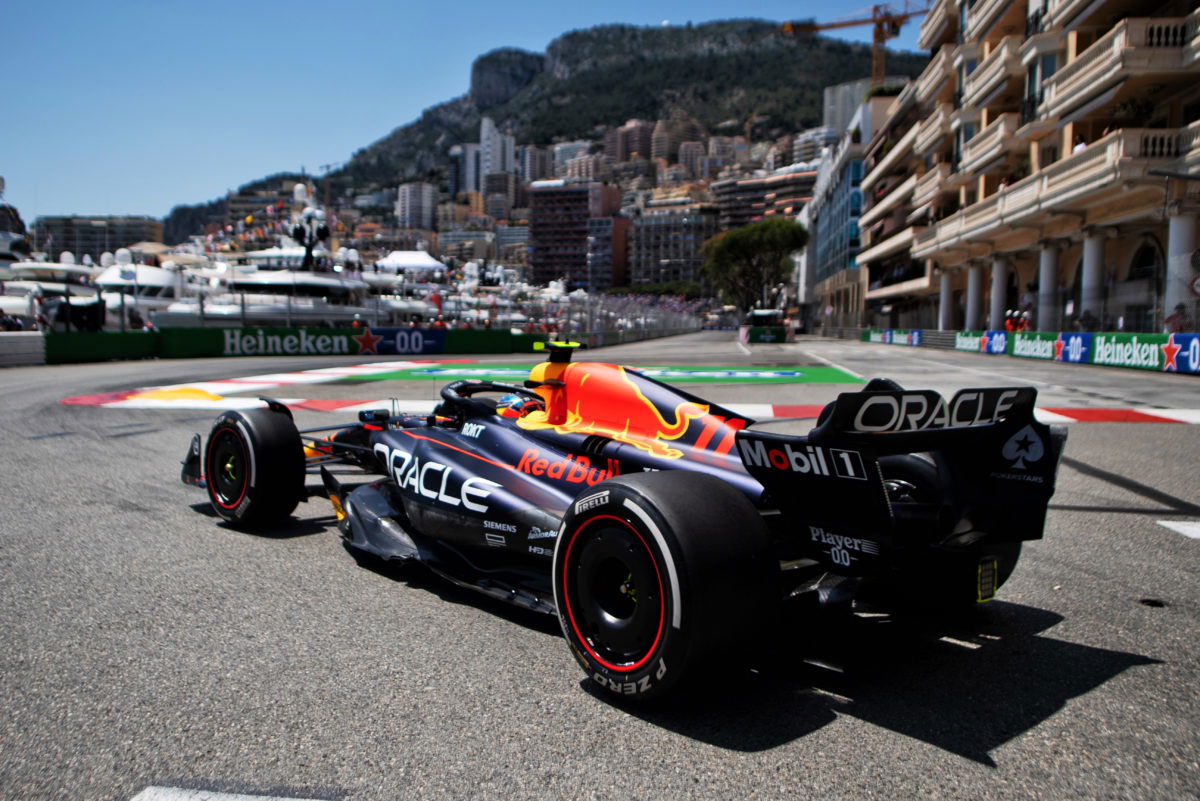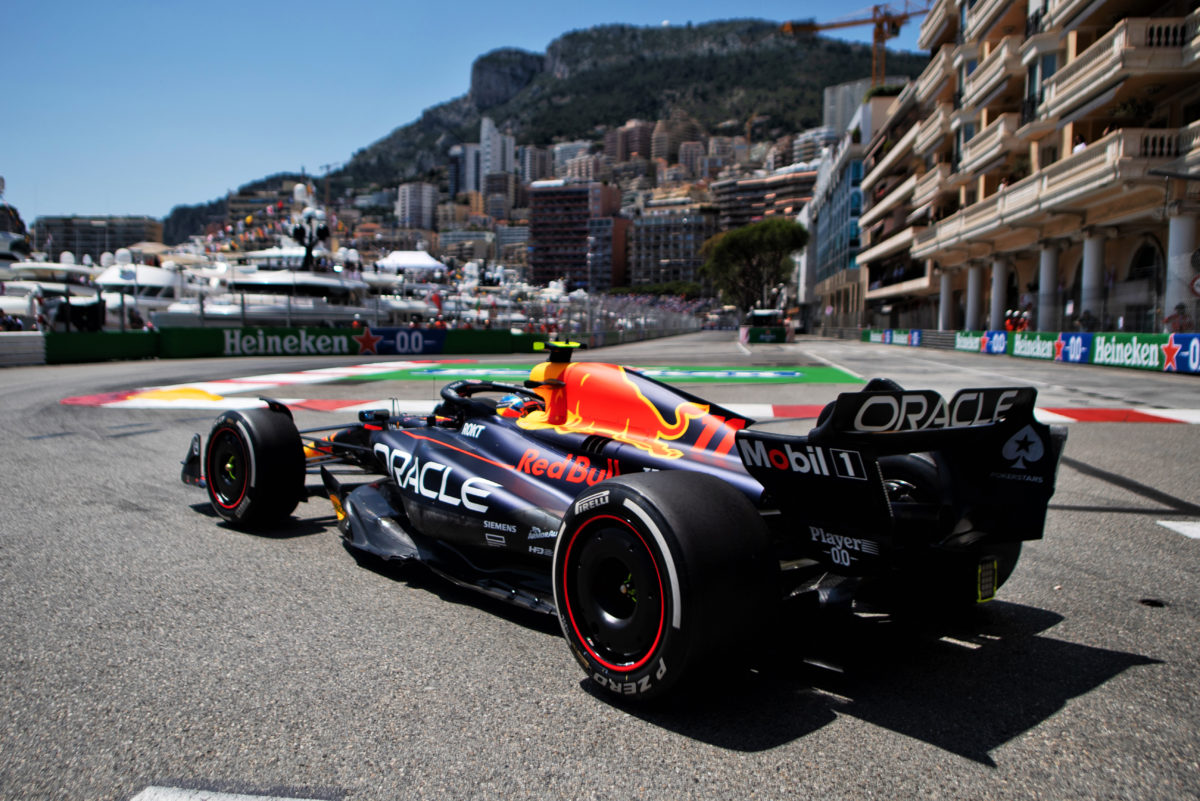

When images appeared of the floor on Red Bull’s RB19 following Sergio Perez’s crash at the Monaco Grand Prix, it raised the eyebrows of many an aerodynamicist in the F1 paddock.
In F1’s ground-effect era, the floor has emerged as the key component for any team.
Ferrari’s veteran engineer Jock Clear underlined that when asked questions about the new sidepods that were present on his team’s SF-23 ahead of the recent Spanish Grand Prix.
Clear said the aerodynamics around the sidepods were “secondary” compared to the “primary driver” of the floor.
“What you’re doing with the floor, with the diffuser, dictates where the downforce is coming from, and that then leads you to push air in different places above the floor,” said Clear.
“You’re not going to look at it and say ‘We need to go for these different sidepods’. You’re going to look at what’s happening on the floor around the rear wheel and you’re going to say ‘Okay, we need to change the regime there’.”
Without a doubt, Red Bull’s team of aerodynamicists, spearheaded by the legendary Adrian Newey, managed to devise a floor so complex, it is almost unable to be copied due to the understanding required as to why the various curves and flicks have been applied and how they work in tandem with the rear of the car, in particular.
Williams’ head of vehicle performance Dave Robson declared the view on the floor of the RB19 to be “fascinating”, but questioned its value for any other team.
“I know it was a great view everyone got in Monaco but we’d seen plenty of photos of it prior, or even last year, to at least understand that it’s blooming complicated, even if you can’t see the details,” remarked Robson.
“There’s very little on an F1 car that aerodynamically you can just copy. You have to understand what it’s doing and make it work for your car, or understand all the other parts that go with it, and that floor is just a great example of that.
“That’s just a whole new level. Somehow you’ve got to pick it apart, but it’s genuinely difficult to understand how all those curves work in a three-dimensional space. It’s that complicated.
“There are a few bits where you can see what they’re doing geometrically, so you can mock something up, test it, and try and understand what it is they’re trying to achieve, and then use it on your own car.
“But I think the bigger question is, how did they arrive at that in the first place? What is the process that gets to them that level of complexity? It’s like a completely different paradigm.
“That’s probably the more interesting question to answer, rather than what’s it actually doing right now, but that’s not easy.”
Whilst conceding he is not an aerodynamicist, Robson did declare that what Red Bull had achieved with its floor was “pretty daunting”.
What was fascinating was that just a week after Monaco, the floor on the Williams FW45 was seen at Barcelona’s Circuit de Catalunya after Logan Sargeant was involved in an incident during free practice.
The differences between the two floors were chalk and cheese, with the device on the Williams highly simplistic in comparison to its Red Bull counterpart.
Suggested to Robson that too much could be read into it, he replied: “I don’t think it’s quite as straightforward as that.
“But at the same time, you can’t deny they are many steps ahead of where we are, and indeed where most people are.
“There is definitely some correlation, not direct, but there is some.”




















Discussion about this post